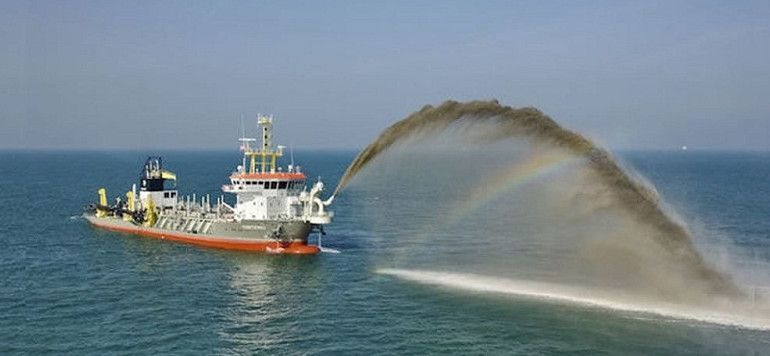The mining industry maintains various projects and activities on the world’s seabed, according to data from the United Nations (UN).
Broadly speaking, there are two distinct aspects to the seabed mining industry.
On the one hand, there is the mining of relatively shallow deposits by several countries within their own waters.
On the other hand, the potential development of seabed mining continues for which commercial operations have not yet started.
Globally, established mining companies include, but are not limited to, aggregates (sand and gravel) in many Western European countries; pleasure diamond mining in Namibia; the mining of pleasure tin in several countries in Southeast Asia; and, more recently, the mining of iron sand in New Zealand.
There are also phosphorite mining related projects under development in Mexico, Namibia and New Zealand.
Mining industry
Furthermore, according to the UN, established mining activities are disparate, involving very different countries and situations.
An overview of the economics of such activities is not available, and no surveys have been conducted on employment, worker deaths and injuries, or pay across the field.
In particular, the exploitation of marine aggregates continues to be the main offshore mining activity, as an alternative to mitigate the enormous negative impacts of legal and illegal sand mining on the beach and on land.
Seabed deposits of current economic interest are polymetallic nodules (NP), massive seabed sulfides (SMS) (or polymetallic sulfides), and cobalt-rich ferromanganese (CFC) crusts.
![]()

